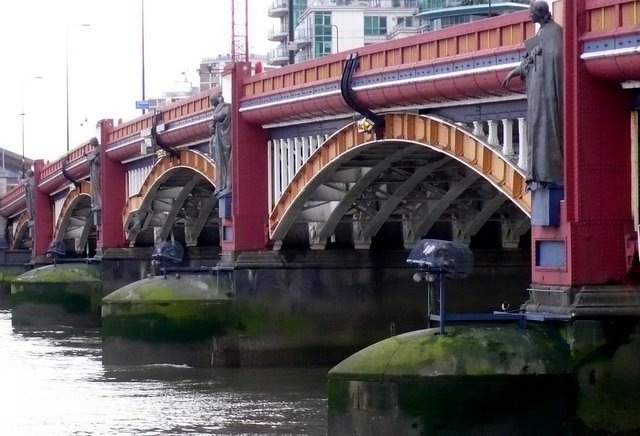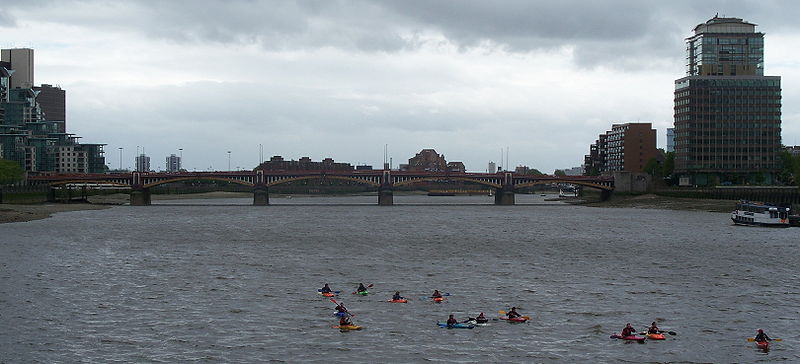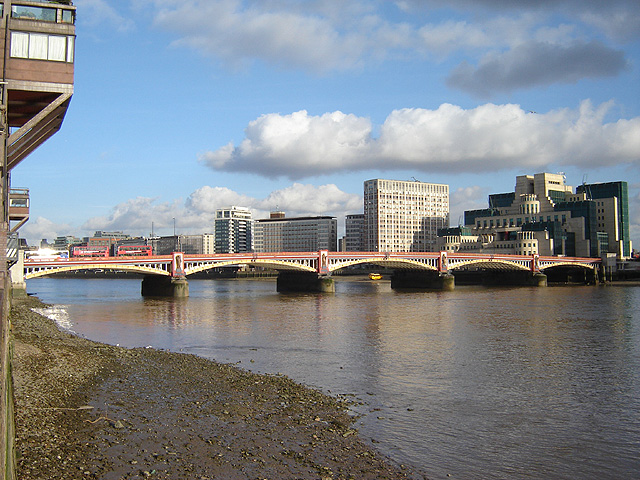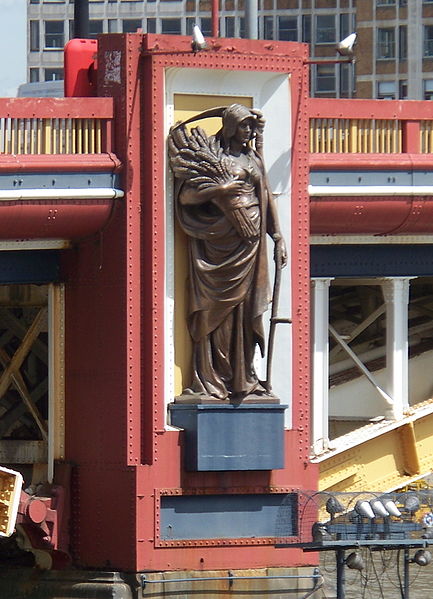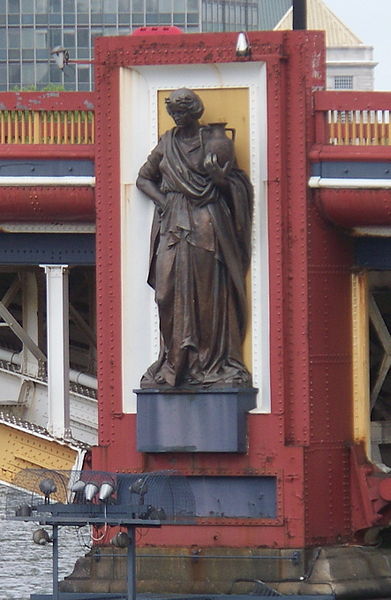| |||||||
Europe
North AmericaSouth AmericaAsiaAustralia and OceaniaAfrica |
Смотрите также: Vauxhall Bridge Vauxhall Bridge is a Grade II listed steel and granite deck arch bridge in central London. It crosses the River Thames in a south-east north-west direction between Vauxhall on the south bank and Westminster on the north bank.
Vauxhall Bridge Crosses River Thames Locale London, England Designer Sir Alexander Binnie, Sir Maurice Fitzmaurice Design Arch bridge Material Steel and granite Piers in water 4 Total length 809 feet (247 m) Width 80 feet (24 m) Number of spans 5 Opening date 26 May 1906 Preceded by Regent Bridge (Old Vauxhall Bridge) 1816–1898
Opened in 1906, it replaced an earlier bridge, originally known as Regent Bridge but later renamed Vauxhall Bridge, built between 1809 and 1816 as part of a scheme for redeveloping the south bank of the Thames. The original bridge was itself built on the site of a former ferry. The building of both bridges was problematic, with both the first and second bridges requiring several redesigns from multiple architects. The original bridge, the first iron bridge over the Thames, was built by a private company and operated as a toll bridge before being taken into public ownership in 1879. The second bridge, which took eight years to build, was the first in London to carry trams and later one of the first two roads in London to have a bus lane.
In 1963 it was proposed to replace the bridge with a modern development containing seven floors of shops, office space, hotel rooms and leisure facilities supported above the river, but the plans were abandoned because of costs. With the exception of alterations to the road layout and the balustrade, the design and appearance of the current bridge has remained almost unchanged since 1907. The bridge today is an important part of London's road system and carries the A202 road across the Thames. Sculpture The new bridge was built to a starkly functional design, and many influential architects had complained about the lack of consultation from any architects during the design process by the engineers designing the new bridge. In 1903, during the construction of the bridge, the LCC consulted with architect William Edward Riley regarding possible decorative elements that could be added to the bridge. Riley proposed erecting two 60-foot (18 m) pylons topped with statues at one end of the bridge, and adding decorative sculpture to the bridge piers. The pylons were rejected on grounds of cost, but following further consultation with leading architect Richard Norman Shaw it was decided to erect monumental bronze statues above the piers, and Alfred Drury, George Frampton and Frederick Pomeroy were appointed to design appropriate statues.
Frampton resigned from the project through pressure of work, and Drury and Pomeroy carried out the project, each contributing four monumental statues, which were installed in late 1907. On the upstream piers are Pomeroy's Agriculture, Architecture, Engineering and Pottery, whilst on the downstream piers are Drury's Science, Fine Arts, Local Government and Education. Each statue weighs approximately two tons. Despite their size, the statues are little-noticed by users of the bridge as they are not visible from the bridge itself, but only from the river banks or from passing shipping. Comments: 0 |
|
|||||







































